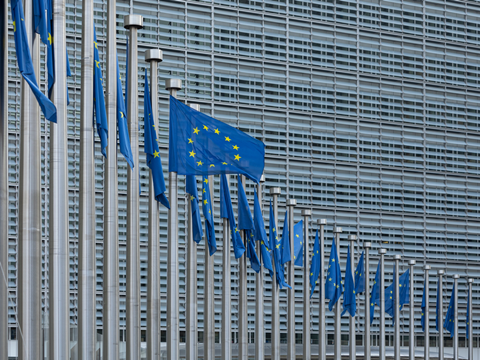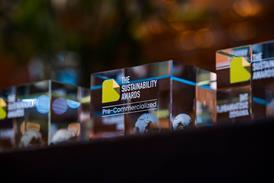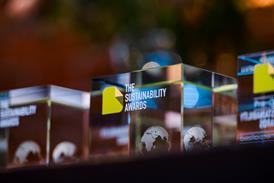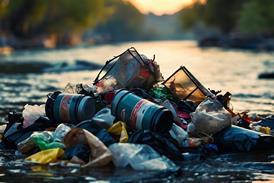
The European Council has formally adopted the Packaging and Packaging Waste Regulation, meaning it will now enter into force in EU law.
As the final step in the ordinary legislative procedure, the Council’s approval of the Regulation allows it to be published in the EU’s Official Journal; in turn, its rules will apply eighteen months after its entry into force.
It is hoped that the rules will cut down on the generation of new waste by encompassing the full life cycle of packaging.
Among the Regulation’s targets are minimum recycled content thresholds, ranging from 10% for contact-sensitive packaging made of non-PET plastic by 2030 to 65% for single-use plastic bottles by 2040. The amount of recycled content in a pack, its material make-up, and other sustainability-related information must be provided to consumers through on-pack labelling, marking, and information.
Industry players will be expected to minimize the weight and volume of their packaging, as well as their use of substances of concern – this includes food-contact packaging containing PFAS over certain thresholds.
Single-use plastic packaging is set to be restricted for pre-packed fruit and vegetables weighing less than 1.5kg; food and beverages to be filled and consumed on-site in hotels, bars, and restaurants; individual condiment packets, including sauces, milk creamer, and sugar; and very lightweight plastic bags, such as those offered at markets to carry groceries; and small, single-use cosmetics and toiletry products provided in hotels and other accommodation.
Reuse targets have also been set for 2030, alongside indicative targets for 2040. These vary between packaging types, but include a mandate that takeaway businesses must allow consumers to bring their own containers to be filled with hot or cold beverages or pre-prepared food at no extra charge.
For a thorough run-down of the Regulation’s progress, including reactions from packaging industry players, take a look at our comprehensive guides to the proceedings throughout 2023 and 2024.
In a poll among Packaging Europe’s audience, 32% of respondents said they understood the data implications of the Regulation ‘a little’ or ‘not at all’. We published a report breaking down the ‘immense administrative burden’, with Alexander Reitz from PreZero International recommending the use of a digital solution like its PreZero Spot tool.
Anna Perlina, sustainable packaging consultant at Integrity Solutions, also spoke to Packaging Europe about her tips for complying with the Regulation, starting with designing for recycling and considering material choices – but noted the business risks of minimizing packaging and recommended that businesses find alternative routes to catching a consumer’s eye.
If you liked this story, you might also enjoy:
The ultimate guide to the Packaging and Packaging Waste Regulation in 2024
How are the top brands progressing on packaging sustainability?
Sustainable Innovation Report 2024: Current trends and future priorities
Everything you need to know about global plastic sustainability regulation

















No comments yet